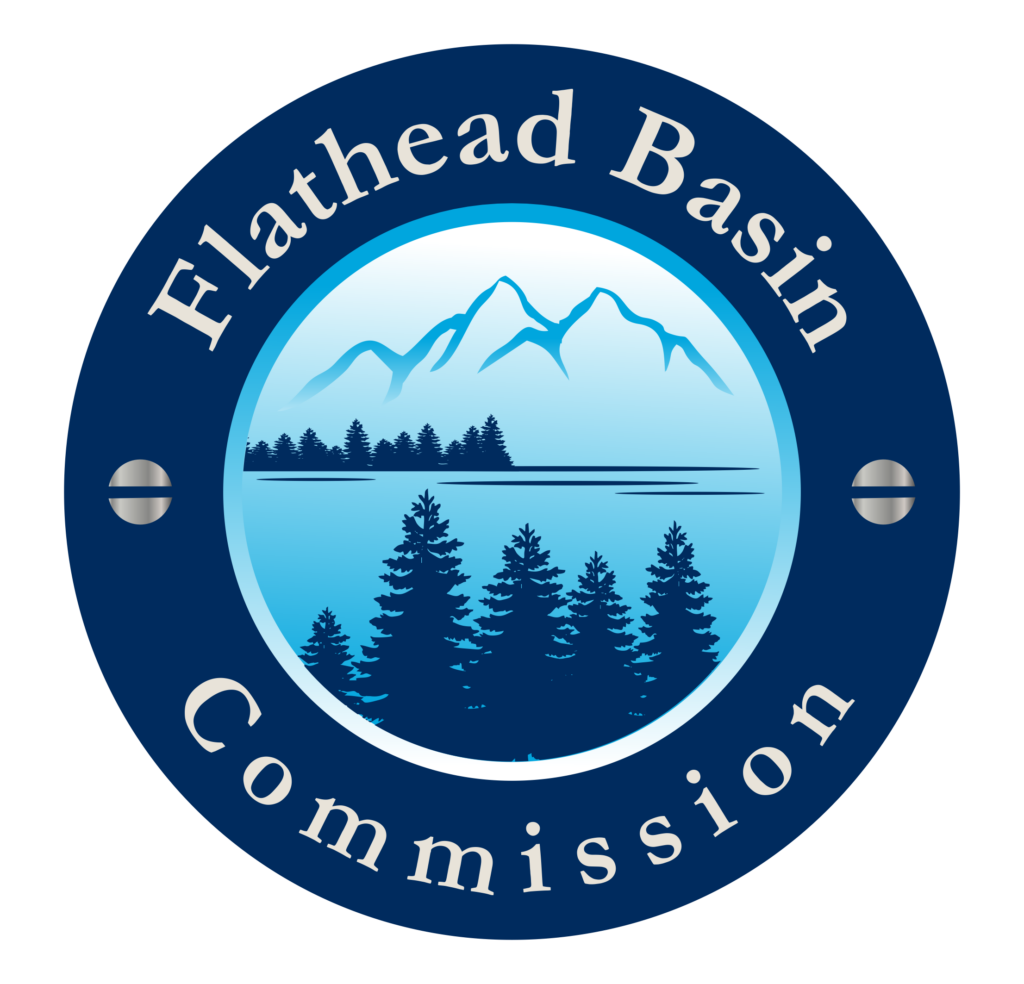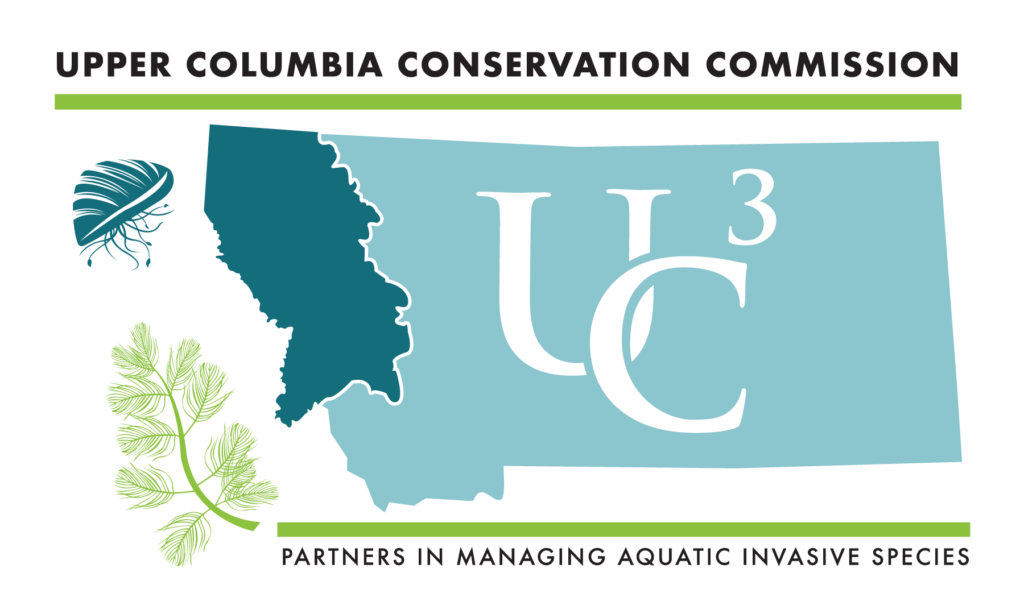
The Western Montana Conservation Commission (WMCC) is a uniquely structured non-regulatory organization that works to accomplish its important mandate in a consensus-building manner, stressing education, cooperation, broad-based community involvement, partnerships with agencies and nonprofit groups, and the voluntary participation of western Montana residents. The commission represents a wide cross-section of citizens and local, state, tribal, and federal agency representatives who strive to identify Western Montana’s water quality and aquatic invasive species problems and work collectively to implement the most effective solutions.
The Western Montana Conservation Commission is administratively attached to the State of Montana Department of Natural Resources and Conservation (DNRC) and serves as a convening body to facilitate close cooperation and coordination between federal, state, provincial, tribal, and local resource managers to monitor the condition of aquatic and natural resources across Western Montana.
WMCC’s purpose, duties, membership, and more are codified in our enabling legislation: Western Montana Conservation Commission Act & Western Montana Conservation Commission, MCA
WMCC Strategic VisionWe strive to protect and improve the quality of Western Montana’s resources including water quality and quantity, recreational and scenic values, and fish and other wildlife, including the prevention and management of aquatic invasive species.
To conserve western Montana’s natural resources for generations to come, we strive to
WMCC is tasked with monitoring the condition of aquatic and natural resources in western Montana, supporting the continuation of a comprehensive aquatic invasive species prevention program, enhancing collaboration among natural resource partners and agencies, undertaking investigations related to water quality and natural resource utilization, and holding public hearings concerning the condition of the aquatic resources and other natural resources in Western Montana.
The Western Montana Conservation Commission was created during the 2023 Montana Legislative Session with the passage of Senate Bill 83 and effectively combines and replaces the roles and jurisdiction of the Flathead Basin Commission and the Upper Columbia Conservation Commission to increase management efficiency and broaden the scope of work.

Flathead Basin Commission
The Flathead Basin Commission (FBC) was created in 1983 to protect the natural resources of the Flathead Basin and has focused on water quality protection through nonpoint source pollution mitigation efforts, emphasizing resident education, outreach, and engagement. Notable work of FBC to date includes: a moratorium on coal mining in the transboundary Flathead; an inventory, mapping, and comprehensive assessment of stormwater infrastructure in the Flathead Watershed; and an innovative, publicly available GIS Septic Risk Mapping tool, which aims to demonstrate the future and existing risk of septic leachate in the Flathead Watershed. Under the new WMCC, this water quality protection work will expand to include the Kootenai River Basin, the upper and lower Clark Fork River Basins, the Bitterroot River Basin, and the Blackfoot River Basin.

Upper Columbia Conservation Commission
The Upper Columbia Conservation Commission (UC3) was created in 2017 to bolster the state’s aquatic invasive species program and to encourage comprehensive prevention and management efforts within Western Montana. Notable work of UC3 includes: an industry outreach education program that now serves as a model for programs across the state, assistance in the creation of the Upper Columbia Lakes Network, a citizen science monitoring program, and years of successful legislative education and engagement.